Introduction
Acousto-Optic Modulators (AOMs) have emerged as an essential tool in laser systems, offering unprecedented precision in beam control and frequency shifting. AOMs employ sound waves to alter the properties of a laser beam, including its intensity, frequency, or direction. In this article, we delve into the intricacies of AOMs, their role in laser systems, and the benefits they offer.
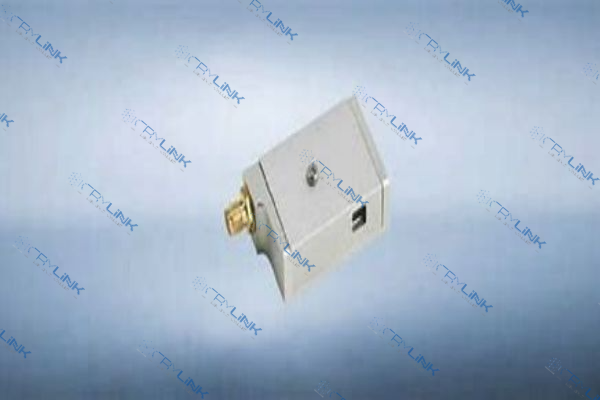
Understanding Acousto-Optic Modulators
Acousto-Optic Modulators are optoelectronic devices that harness the interaction between sound waves and light. This interaction results in the modulation of the light beam’s properties, including its intensity, frequency, or direction, providing a high degree of control.
How Acousto-Optic Modulators Work
The operation of AOMs is rooted in the acousto-optic effect, where acoustic waves modify the refractive index of a material. These changes in refractive index act as a diffraction grating for the light, altering its properties in a controlled manner.
Role of Acousto-Optic Modulators in Laser Systems
AOMs play a critical role in laser systems, offering precise control over beam deflection, intensity modulation, and frequency shifting.
Beam Deflection
Beam deflection is a central application of Acousto-Optic Modulators (AOMs) in laser systems, capitalizing on their ability to modify the trajectory of a laser beam with high precision and speed. This process is accomplished by manipulating the acoustic waves within the AOM to create a dynamic grating that diffracts the incident light beam. As the frequency of the acoustic waves changes, so does the angle of diffraction, leading to the deflection of the beam.
This rapid and precise beam deflection mechanism is vital in a host of applications. For instance, in laser scanning microscopy, the swift deflection capability of AOMs permits speedy scanning of a specimen, enabling the capture of high-resolution images in a shorter time. Similarly, in the realm of optical trapping, colloquially known as “optical tweezers,” AOMs aid in the manipulation of tiny particles, including microscopic entities such as cells or atoms, by altering the direction of the laser beam. This control over the positioning and movement of such particles carries significant implications in biological research and materials science.
Additionally, AOMs’ ability to operate at high frequencies makes them ideal for applications requiring high-speed beam deflection. In comparison to mechanical methods, AOMs offer a non-contact, faster, and more precise approach to beam steering, thereby enhancing the operational efficiency and effectiveness of laser systems.
In the context of advanced laser communications, AOMs play a pivotal role in rapidly switching laser signals, which is particularly useful in free-space optical communication systems where the direction of the transmitted beam needs to be quickly adjusted. Their high-speed operation also benefits high-capacity data transmission systems by enabling rapid modulation of the laser beam.
Furthermore, in the field of laser show systems and holography, the fast and accurate beam deflection provided by AOMs allows for the creation of intricate visual effects and high-definition holographic displays. By dynamically controlling the direction and intensity of the laser beam, complex and high-resolution light patterns can be generated, contributing to the advancements in display technology.
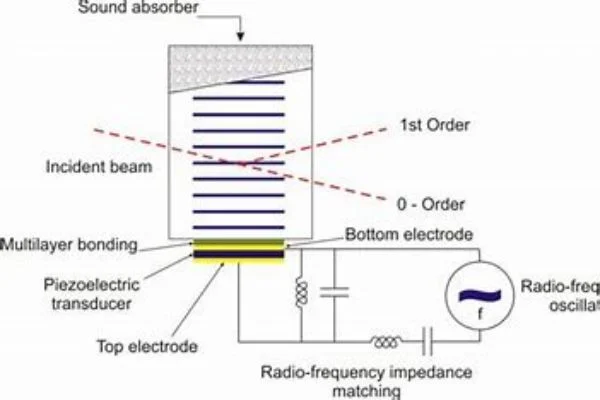
Intensity Modulation
Intensity modulation is another crucial application of Acousto-Optic Modulators (AOMs) in laser systems, leveraging their ability to control the power of a laser beam rapidly and accurately. This function is performed by adjusting the amplitude of the acoustic waves within the AOM, which impacts the diffraction efficiency and hence the intensity of the diffracted beam.
The intensity modulation capability of AOMs is essential in a variety of applications. For instance, in laser printing and laser engraving systems, AOMs can rapidly adjust the laser beam’s intensity, allowing for precise control over the depth and quality of the print or engraving. This capability is also critical in laser cutting applications, where the intensity of the laser beam directly impacts the cutting depth and speed.
In the realm of optical communications, AOMs are used for intensity modulation of the carrier signal. This allows the encoding of information onto the light signal, which is then transmitted over the communication channel. This rapid intensity modulation capability is especially crucial in high-speed optical communication systems, where data rates can reach several gigabits per second.
Moreover, in scientific research, AOMs are often used to control the intensity of a laser beam in experiments, such as in the field of quantum optics and atomic physics. Here, AOMs allow researchers to precisely control the intensity of the laser light interacting with atomic systems, enabling careful manipulation and observation of these systems.
Additionally, AOMs’ ability to perform intensity modulation at high frequencies makes them suitable for applications requiring high-speed control over the laser beam’s power. This is particularly useful in pulsed laser systems, where the laser’s intensity needs to be modulated at a high rate to produce a series of short, intense light pulses.
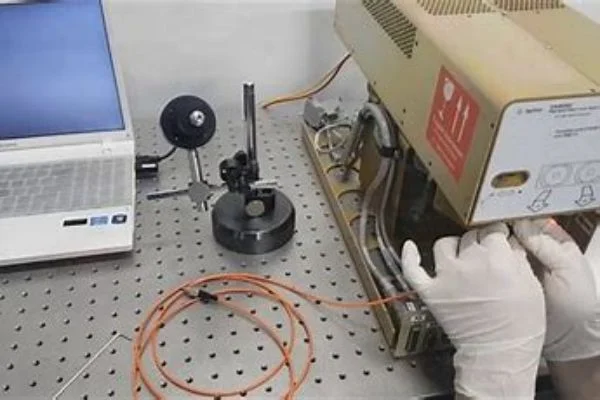
Frequency Shifting
Frequency shifting is another significant application of Acousto-Optic Modulators (AOMs) that capitalizes on their ability to alter the frequency of a laser beam quickly and precisely. This process is achieved by exploiting the Doppler effect, where the frequency of the light is shifted by an amount equal to the frequency of the acoustic wave inside the AOM. When the acoustic wave interacts with the light wave within the AOM, it imparts its frequency onto the light wave, resulting in a shifted optical frequency.
The frequency shifting capability of AOMs is fundamental in a range of applications. In Doppler LIDAR systems, for example, AOMs are used to shift the frequency of the laser beam, enabling the measurement of the speed and direction of atmospheric winds based on the Doppler shift of the backscattered light. Similarly, in laser cooling experiments, AOMs are used to shift the frequency of the laser light to match the resonance frequency of the atoms being cooled, a key requirement in achieving ultra-cold temperatures.
In the field of optical communications, AOMs are employed in frequency division multiplexing, where multiple data signals are transmitted simultaneously over the same communication channel, each at a different frequency. By using an AOM to shift the frequency of each signal, multiple data streams can be sent over the same fiber optic cable, significantly increasing the total data transmission capacity.
Furthermore, in scientific research, particularly in the fields of spectroscopy and quantum optics, AOMs are used to precisely control the frequency of laser light. This precise control allows researchers to investigate the interactions between light and matter at a very detailed level, enabling breakthroughs in our understanding of quantum phenomena.
Moreover, AOMs’ ability to operate at high frequencies makes them ideal for applications requiring high-speed frequency shifting. This makes AOMs particularly useful in dynamic environments where the frequency of the laser beam needs to be adjusted rapidly to respond to changing conditions.
In summary, the role of AOMs in frequency shifting is a testament to their significant contribution to the advancement of laser technology and its various applications, spanning from atmospheric science and telecommunications to cutting-edge scientific research. With ongoing advancements in AOM technology, we can expect to see further innovations and improvements in these fields.
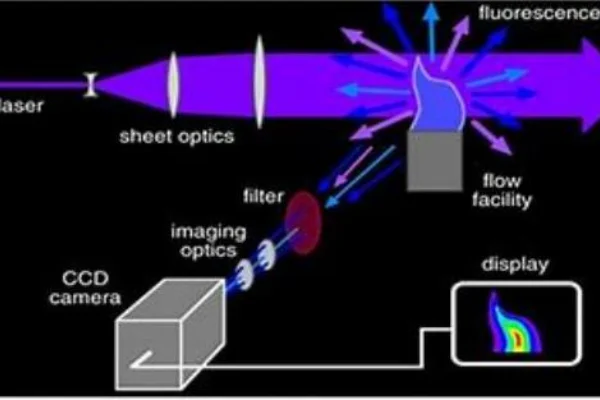
The Benefits of Acousto-Optic Modulators
AOMs offer several benefits, including high diffraction efficiency, wide bandwidth, and precise control of laser beams.
High Diffraction Efficiency
High diffraction efficiency is a pivotal characteristic of Acousto-Optic Modulators (AOMs), greatly enhancing their versatility and effectiveness in numerous applications. Diffraction efficiency refers to the proportion of the incident optical power that is diffracted into the first order, which fundamentally determines the modulator’s effectiveness in transforming the light beam.
AOMs that exhibit high diffraction efficiency are highly sought after due to their superior ability to modulate, deflect, and frequency shift light beams with minimal power loss. The efficiency is predominantly determined by the acoustic power applied, the interaction length, and the quality of the acoustic wave that forms the dynamic grating.
The high diffraction efficiency of AOMs is instrumental in several practical applications. In imaging systems, such as confocal microscopes, high diffraction efficiency ensures that the maximum amount of light is used, leading to brighter, clearer images. In laser-based manufacturing processes, such as laser cutting or drilling, high diffraction efficiency equates to more effective material processing, as a higher proportion of the laser’s power is directed towards the workpiece.
In telecommunications, where AOMs are used for signal modulation and frequency shifting, high diffraction efficiency ensures that the maximum amount of signal power is maintained, improving the signal-to-noise ratio and ultimately the quality of the communication. Additionally, high diffraction efficiency is particularly beneficial in scientific research where every photon counts, such as in single-photon experiments or quantum information processing.
Furthermore, the high diffraction efficiency of AOMs means that they can operate effectively at lower power levels, reducing the system’s overall energy consumption. This energy efficiency can be particularly beneficial in portable or battery-powered systems, where power consumption is a critical factor.
Wide Bandwidth
The wide bandwidth of AOMs allows for the modulation of a broad range of frequencies, making them versatile for various applications.
Precise Control of Laser Beams
AOMs offer precise control of laser beams, allowing for the fine-tuning of beam direction, intensity, and frequency. This control is essential for many applications in laser systems.
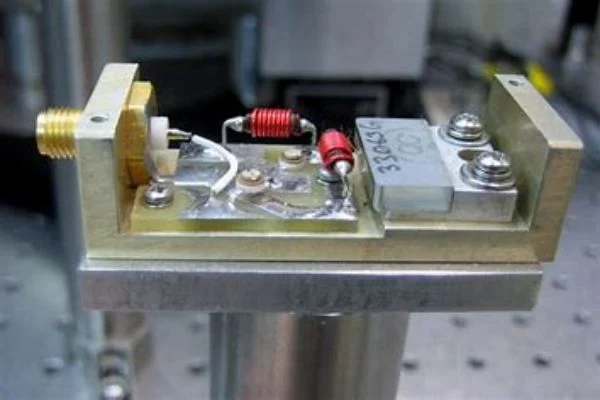
Applications of Acousto-Optic Modulators
AOMs play a critical role in various applications, such as laser scanning, spectroscopy, and laser-induced fluorescence.
- Laser Scanning
In laser scanning, AOMs provide rapid and accurate deflection of laser beams, enabling high-speed scanning of samples.
- Spectroscopy
In spectroscopy, AOMs offer precise frequency control, essential for determining the spectral characteristics of different materials.
- Laser-Induced Fluorescence
In laser-induced fluorescence, AOMs allow for the fine-tuning of laser intensity, which is crucial for inducing fluorescence in different materials.
Conclusion
Acousto-Optic Modulators have revolutionized laser systems, offering unparalleled precision inbeam control and frequency shifting. Their role in beam deflection, intensity modulation, and frequency shifting has made them indispensable in laser systems. The benefits of AOMs, including high diffraction efficiency, wide bandwidth, and precise control of laser beams, only serve to underline their importance. Furthermore, their applications in laser scanning, spectroscopy, and laser-induced fluorescence showcase their versatility and critical role in various scientific and industrial domains.
Frequently Asked Questions
- 1. What are Acousto-Optic Modulators?
Acousto-Optic Modulators are optoelectronic devices that use sound waves to alter the properties of a laser beam, including its intensity, frequency, or direction. - 2. How do Acousto-Optic Modulators work?
Acousto-Optic Modulators work based on the acousto-optic effect, where acoustic waves modify the refractive index of a material. This change in refractive index acts as a diffraction grating for the light, changing its properties. - 3. What are some applications of Acousto-Optic Modulators?
Acousto-Optic Modulators find applications in various fields such as laser scanning, spectroscopy, and laser-induced fluorescence, where they offer precise control over laser beam properties. - 4. What are the benefits of using Acousto-Optic Modulators in laser systems?
Acousto-Optic Modulators offer several benefits in laser systems, including high diffraction efficiency, wide bandwidth, and precise control of laser beams. - 5. What roles do Acousto-Optic Modulators play in laser systems?
In laser systems, Acousto-Optic Modulators play crucial roles in beam deflection, intensity modulation, and frequency shifting, providing a high degree of control over these properties.

Frank
Frank graduated from the University of Shanghai for Science and Technology, majoring in optics. As a technical engineer at Crylink Company, he deeply understands crystal materials and laser components.
Related Video(s) with this Article
Related Product(s) with this Article
Related Application(s) with this Article

